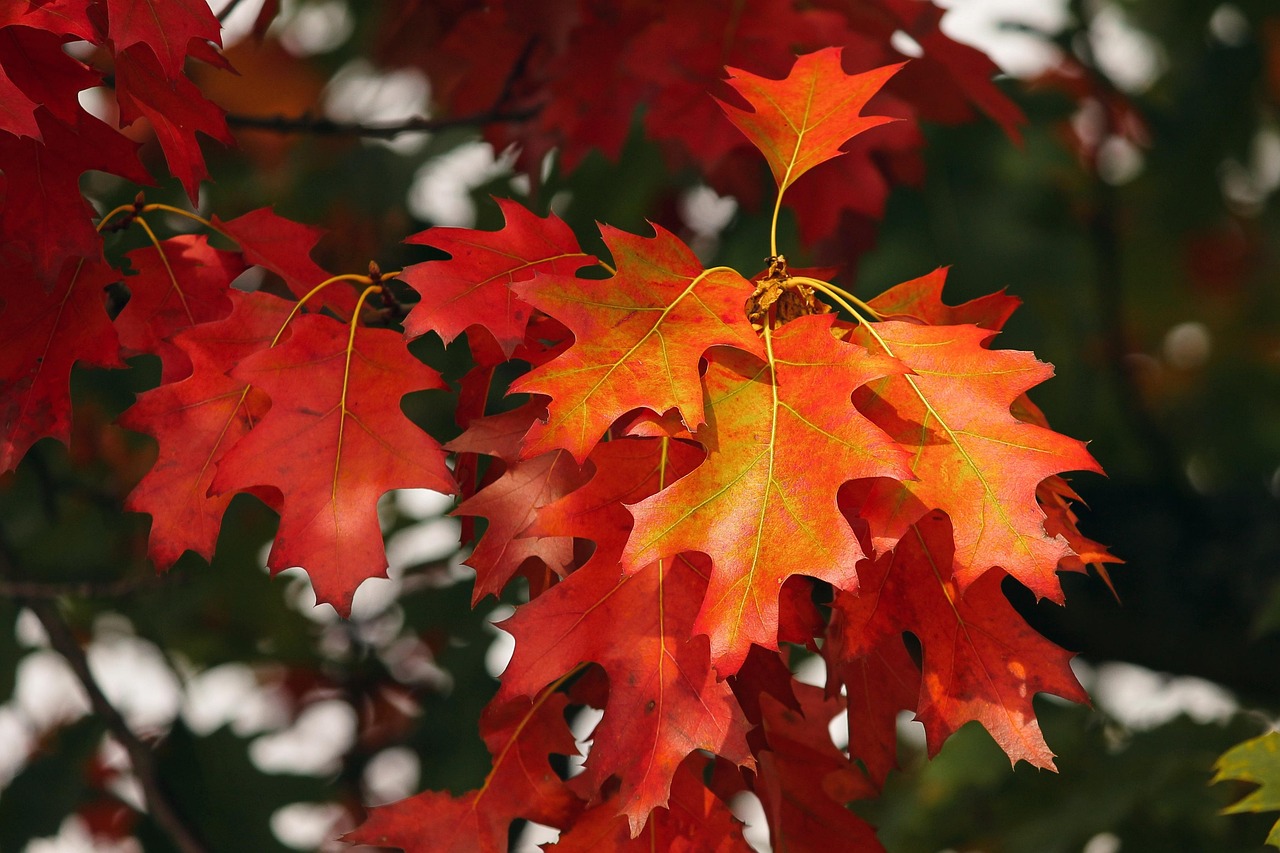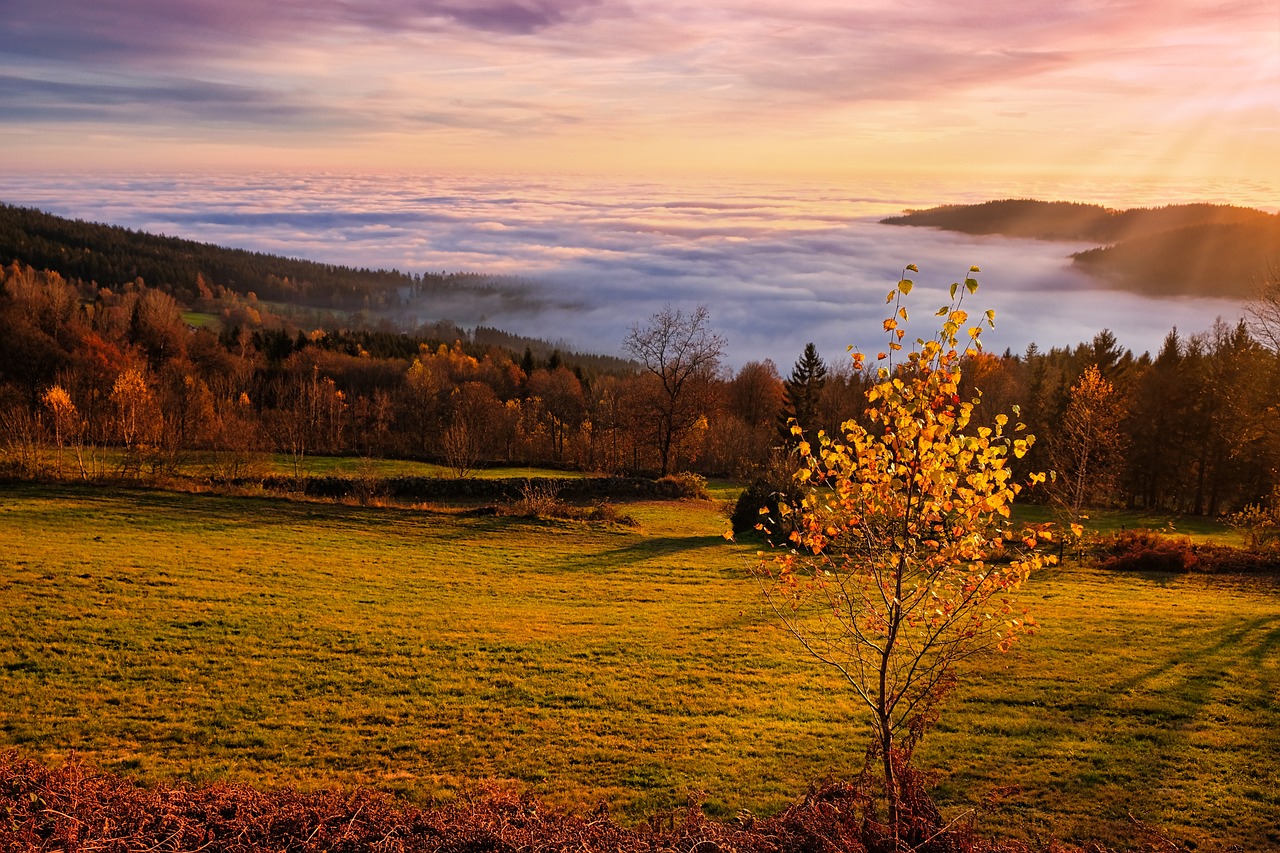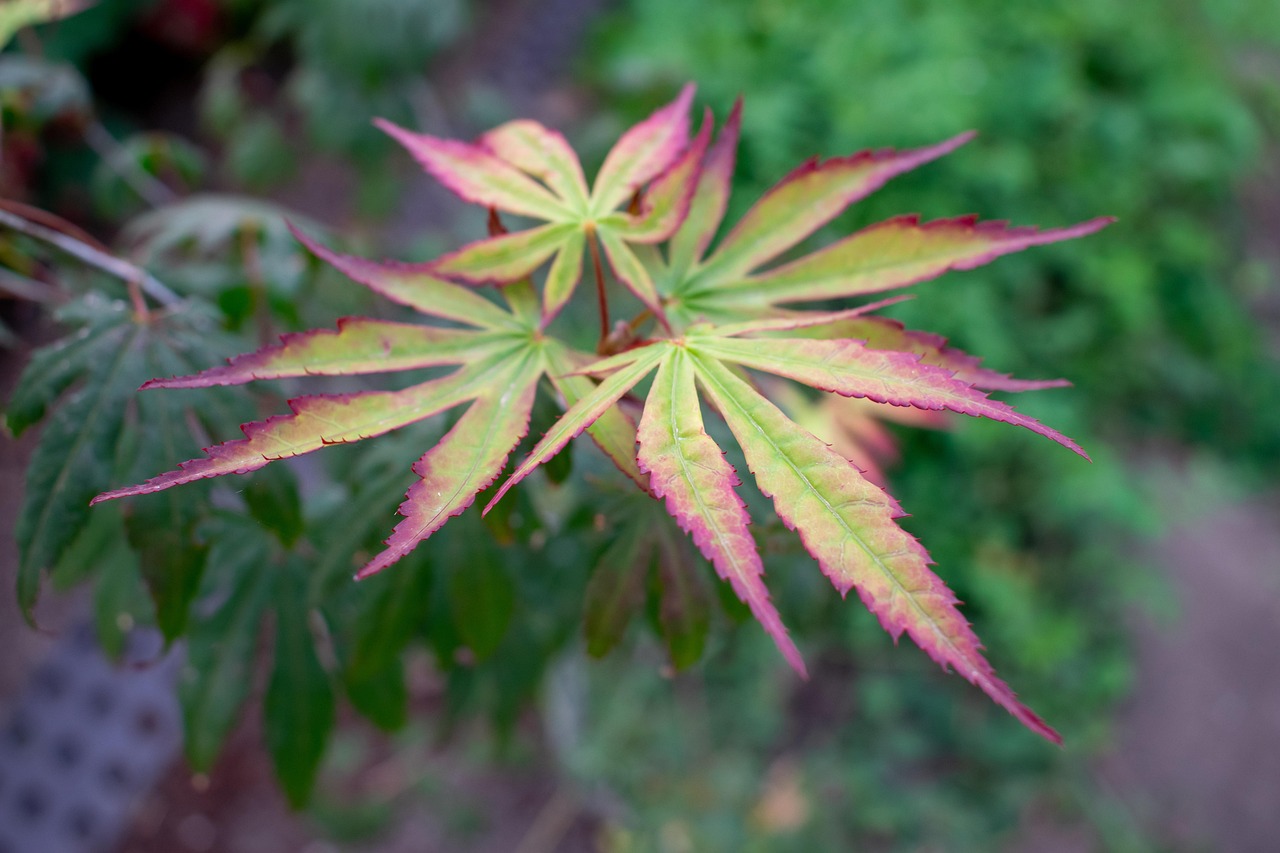To successfully grow vegetables in cooler fall seasons, choose frost-tolerant varieties, prepare your soil well, and use protective measures such as row covers. Timing is crucial; plant early enough to allow growth before the first frost. Additionally, consider using containers for easier management and protection against cold.
As summer fades and the crispness of fall sets in, many gardeners may feel hesitant about continuing their gardening efforts. However, fall gardening can be incredibly rewarding. The cooler temperatures can create an ideal environment for certain vegetables to thrive, allowing for a bountiful harvest even as the days grow shorter. Understanding how to adapt your gardening practices for this season will enable you to maximize your garden’s potential.
Fall gardening is particularly advantageous for those who live in regions with mild winters. Many cool-season crops can be planted in late summer or early fall and harvested before winter arrives. These crops include leafy greens, root vegetables, and some brassicas, which can withstand colder temperatures. Knowing which vegetables are best suited for fall planting can make a significant difference in your yield.
Choosing the Right Vegetables

When planning your fall garden, it is essential to select vegetables that not only thrive in cooler temperatures but are also suited for your specific climate. Here are some popular choices for a successful fall garden:
- Kale: This leafy green is hardy and can even improve in flavor after a frost.
- Spinach: Quick to germinate and grows well in cool weather.
- Carrots: They can sweeten with the colder temperatures and are perfect for fall harvesting.
- Brussels Sprouts: These take time to mature but are delicious after exposure to frost.
- Radishes: Fast-growing and ideal for quick fall crops.
Understanding the growing times of these vegetables is crucial. Most cool-season crops can be sown directly into prepared soil. However, timing the planting correctly is vital to ensure they have enough time to mature before the first hard frost. Generally, this means planting seeds about 6-8 weeks before the expected frost date in your area.
Soil Preparation and Fertility
Proper soil preparation is essential for fall gardening success. Healthy soil promotes robust plant growth and increases resistance to pests and diseases. Consider the following tips when preparing your soil:
- Test Your Soil: Conduct a soil test to determine pH levels and nutrient content.
- Add Organic Matter: Incorporate compost or well-rotted manure to enhance soil structure and fertility.
- Avoid Overworking: While it’s important to aerate the soil, avoid compacting it as this can hinder root growth.
Making sure your soil is rich in nutrients will ensure that your plants have everything they need to thrive during the cooler months. The right balance of nitrogen, phosphorus, and potassium is crucial for healthy growth. Incorporating organic fertilizers can provide these essential nutrients gradually over time.
Protective Measures Against Cold
As temperatures begin to drop, taking protective measures can help safeguard your plants from chilling winds and frost. Utilizing row covers or cold frames can significantly extend your growing season. Here are some methods to consider:
- Row Covers: Light fabric placed over crops helps retain heat while still allowing sunlight and moisture in.
- Cold Frames: These structures trap heat from sunlight, creating a warmer microclimate for plants.
- Mulching: Applying mulch around plants helps insulate the soil and retains moisture.
Implementing these protective techniques not only helps in maintaining an optimal growing environment but also encourages healthy vegetable growth throughout the fall season. By making thoughtful choices about what to plant and how to protect your crops, you can enjoy a vibrant and productive fall garden.
Watering Techniques for Fall Gardening
Watering is a critical aspect of gardening, especially in the fall when temperatures and humidity levels begin to change. Understanding how to adjust your watering practices during this season can significantly affect the health and growth of your vegetables. Here are some important considerations for effective fall watering:
- Monitor Soil Moisture: As temperatures drop, the rate of evaporation decreases. Regularly check the soil moisture before watering to avoid over-saturation.
- Water Early in the Day: Watering in the early morning allows plants to absorb moisture before cooler evening temperatures set in, reducing the risk of fungal diseases.
- Deep Watering: Encourage deep root growth by watering thoroughly but less frequently. This practice helps plants establish a robust root system that can withstand colder temperatures.
In addition to these techniques, consider using drip irrigation systems or soaker hoses. These methods deliver water directly to the root zone, minimizing waste and reducing the chance of fungal issues associated with overhead watering.
Pest and Disease Management in Fall
As the growing season progresses into fall, the risk of certain pests and diseases can increase. It is essential to remain vigilant and proactive in managing these issues to ensure healthy vegetable growth. Here are some strategies for effective pest and disease management:
- Cultural Practices: Rotate crops each year to prevent pests and diseases from becoming established in your garden. Avoid planting the same family of vegetables in the same location.
- Regular Inspections: Check plants regularly for early signs of pest infestations or disease symptoms. Early detection can prevent a small issue from becoming a larger problem.
- Organic Solutions: Use organic pesticides or insecticidal soaps as needed. These options are generally safer for beneficial insects and the environment.
Companion planting can also be beneficial in managing pests naturally. Planting certain crops together can deter unwanted insects and promote healthy growth. For example, planting marigolds alongside vegetables can help repel nematodes and other garden pests.
Seasonal Fertilization Strategies
Fertilizing your crops effectively during the fall is crucial for their growth and resilience against winter stresses. Here are some essential tips for fertilizing in the fall:
- Use Slow-Release Fertilizers: Opt for slow-release fertilizers that provide nutrients gradually over time. This method ensures that plants receive a steady supply of nutrients as they continue to grow.
- Avoid Over-Fertilizing: Too much fertilizer can lead to excessive foliage growth at the expense of root development. This imbalance can make plants more susceptible to cold temperatures.
- Focus on Phosphorus and Potassium: These nutrients are vital for root development and overall plant health. Choose fertilizers that have higher levels of phosphorus (P) and potassium (K) for fall application.
Consider performing a soil test before applying fertilizers to determine what nutrients your soil may be lacking. This practice helps you make informed decisions about what amendments to include, ensuring optimal plant growth.
Harvesting Tips for Fall Vegetables
As your vegetables mature, knowing when and how to harvest them is crucial for maintaining quality and flavor. Here are some key harvesting tips for fall vegetables:
- Know the Harvest Times: Each vegetable has its ideal harvest time. Research specific varieties to determine when they are at their peak freshness.
- Harvest in Cool Weather: Whenever possible, harvest vegetables during the cooler parts of the day. This practice helps maintain freshness and quality.
- Use Proper Techniques: Use clean, sharp tools to avoid damaging plants during harvesting. For root vegetables, loosen the soil around them before pulling them out.
Some vegetables can even be harvested after a frost, which can enhance their sweetness and flavor. For instance, carrots and kale often taste better after exposure to cold temperatures, making late fall an excellent time for harvesting these crops.
Utilizing Fall Cover Crops

Cover crops play a vital role in maintaining soil health during the off-season. Planting these crops in fall can prevent erosion, improve soil fertility, and suppress weeds. Here are some common cover crops suitable for fall planting:
- Clover: A nitrogen-fixing plant that improves soil fertility while providing ground cover.
- Winter Rye: Excellent for preventing erosion and suppressing weeds; it is hardy enough to survive winter.
- Vetch: Another nitrogen fixer that enriches soil quality and supports beneficial insects.
By incorporating cover crops into your fall gardening routine, you can enhance your soil health, leading to improved productivity in future growing seasons.

Season-Extending Techniques
One of the main challenges of fall gardening is dealing with the shorter days and cooler temperatures. However, there are several techniques that gardeners can use to extend the growing season and ensure a successful harvest. These methods can help you maximize your yield even as winter approaches.
Using Greenhouses and Cold Frames
Greenhouses and cold frames provide controlled environments that can protect plants from harsh weather conditions. Here are some benefits of using these structures:
- Temperature Regulation: Greenhouses maintain a warmer environment, allowing for longer growing periods. Cold frames offer protection from frost and can increase soil temperature.
- Protection from Wind and Rain: Both structures shield plants from adverse weather conditions, reducing stress and damage.
- Increased Light Exposure: Greenhouses and cold frames can capture sunlight effectively, providing plants with the light they need for photosynthesis even during cloudy days.
When using cold frames, position them in a sunny location and ensure they can be opened for ventilation on warmer days. This will help prevent overheating and maintain optimal growing conditions.
Row Covers for Heat Retention
Row covers are another effective way to extend the growing season. These lightweight fabrics can be placed over crops to provide insulation and protect against frost. Consider the following tips for using row covers:
- Choose the Right Material: Opt for breathable fabric that allows sunlight and moisture to penetrate while also retaining heat.
- Secure Properly: Ensure that the row covers are anchored down to prevent them from blowing away in strong winds.
- Monitor Temperature: On warmer days, it may be necessary to lift or remove row covers to avoid overheating your plants.
Row covers not only protect plants from frost but can also deter pests, making them a versatile tool in fall gardening.
Planning for Winter Gardening
As fall comes to a close, many gardeners start thinking about winter gardening options. While the growing season may seem limited, there are still opportunities to grow certain crops during the winter months. Here are some options to consider:
Crops Suitable for Winter Gardening
Some vegetables can withstand colder temperatures and thrive in winter conditions. Consider planting:
- Garlic: Planting garlic in the fall allows it to establish roots before winter and produce a bountiful harvest in late spring or early summer.
- Onions: Certain onion varieties can be planted in the fall for an early spring harvest.
- Leeks: These hardy vegetables can be planted in late summer or fall and will mature slowly over winter.
Indoor Gardening Options
If outdoor gardening becomes challenging due to harsh winter weather, consider moving some of your gardening efforts indoors. Indoor gardening offers flexibility and allows you to cultivate fresh produce throughout the year. Here are some ideas for indoor gardening:
- Herb Gardens: Growing herbs like basil, parsley, and cilantro on a sunny windowsill can provide fresh flavors for your meals.
- Microgreens: These small greens can be grown quickly indoors and harvested within weeks of planting.
- Potted Vegetables: Consider growing compact vegetable varieties such as cherry tomatoes or peppers in pots, which can thrive indoors with sufficient light.
Indoor gardening not only provides fresh produce during winter but also adds greenery to your home, enhancing your indoor environment.
Maintaining Garden Tools and Equipment
Proper maintenance of garden tools is essential for ensuring their longevity and efficiency. As the gardening season winds down, take time to care for your tools so they are ready for next year. Here are some maintenance tips:
- Clean Tools Thoroughly: Remove dirt, sap, and plant residue from tools after each use to prevent rust and disease transmission.
- Sharpen Blades: Keep cutting tools sharp for effective pruning and harvesting. Dull blades can damage plants and make tasks more labor-intensive.
- Store Properly: Store tools in a dry place to prevent rust. Hanging tools is a great way to keep them organized and accessible.
A little effort in maintaining your tools will save time and frustration when you begin your next gardening season. Preparing now can set you up for success in the upcoming months.
Engaging with Your Gardening Community

Participating in local gardening communities can provide valuable insights and support. Engaging with fellow gardeners allows you to share experiences, tips, and resources. Here are some ways to get involved:
- Join Local Gardening Clubs: Many areas have clubs where members exchange knowledge and help each other with gardening challenges.
- Attend Workshops: Look for workshops or seminars on fall gardening topics that interest you. These events can provide hands-on experience and expert advice.
- Utilize Social Media: Follow gardening groups on social media platforms to connect with other enthusiasts, share photos, and ask questions.
A strong community network can enhance your gardening experience, making it more enjoyable and fruitful as you navigate fall gardening challenges together.
Maintaining a Sustainable Garden
As you delve deeper into fall gardening, it’s essential to consider sustainability practices that not only benefit your garden but also the environment. A sustainable garden minimizes waste and promotes biodiversity. Here are some sustainable practices to incorporate into your fall gardening routine:
- Composting: Create a compost bin for kitchen scraps and garden waste. Compost enriches soil and reduces the need for chemical fertilizers.
- Water Conservation: Implement rainwater harvesting systems or use drip irrigation to conserve water and ensure efficient watering.
- Diversity in Planting: Include a variety of crops and plants in your garden to encourage a balanced ecosystem, which can help control pests naturally.
By adopting these sustainable practices, you can create a thriving garden that is not only productive but also environmentally friendly. This approach contributes to the health of your local ecosystem and promotes a deeper connection to nature.
Preparing for Next Season
As fall gardening comes to a close, it’s vital to start preparing for the next growing season. The work you put in at the end of one season sets the stage for success in the following year. Consider the following steps:
- Plan Your Crop Rotation: Assess your current garden layout and decide on crop rotation strategies. This helps prevent soil depletion and reduces pest and disease issues.
- Order Seeds Early: Research and order seeds for the upcoming season. Early orders often ensure access to popular varieties that may sell out.
- Review Your Gardening Journal: If you keep a gardening journal, review your notes from this season to identify successes and areas for improvement.
These preparations will help you hit the ground running as spring approaches, allowing for a more organized and fruitful growing season.
Final Thoughts
Fall gardening presents unique challenges and opportunities for growers. By carefully selecting suitable crops, employing protective measures, and maintaining healthy soil, you can enjoy productive vegetable growth even as temperatures drop. Embracing sustainable practices not only enhances your garden’s health but also supports the broader environment.
Engaging with your gardening community provides invaluable support and resources that can help you navigate the complexities of fall gardening. Whether you choose to use row covers, cold frames, or cover crops, each technique serves to enrich your gardening experience.
Ultimately, gardening is a journey of continuous learning. Each season offers fresh lessons and rewards that contribute to your growth as a gardener. By implementing these fall gardening tips, you can cultivate a vibrant garden that thrives well into the cooler months and lays the groundwork for future success.
Embrace the beauty of fall gardening, harnessing its potential to provide fresh produce and enjoyment throughout the season. With careful planning, diligent care, and community engagement, you can make the most of your fall garden, ensuring it remains a source of pride and nourishment for you and your family.
